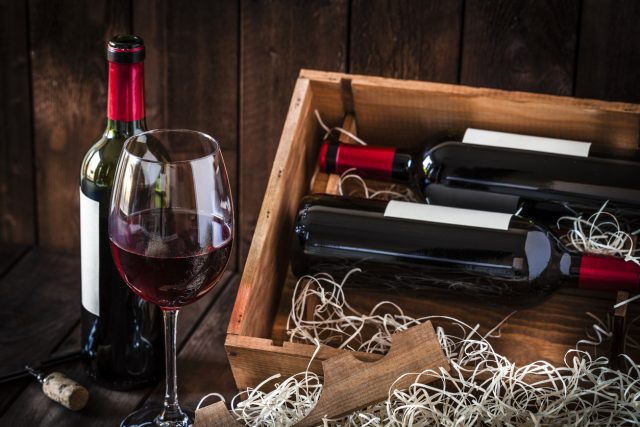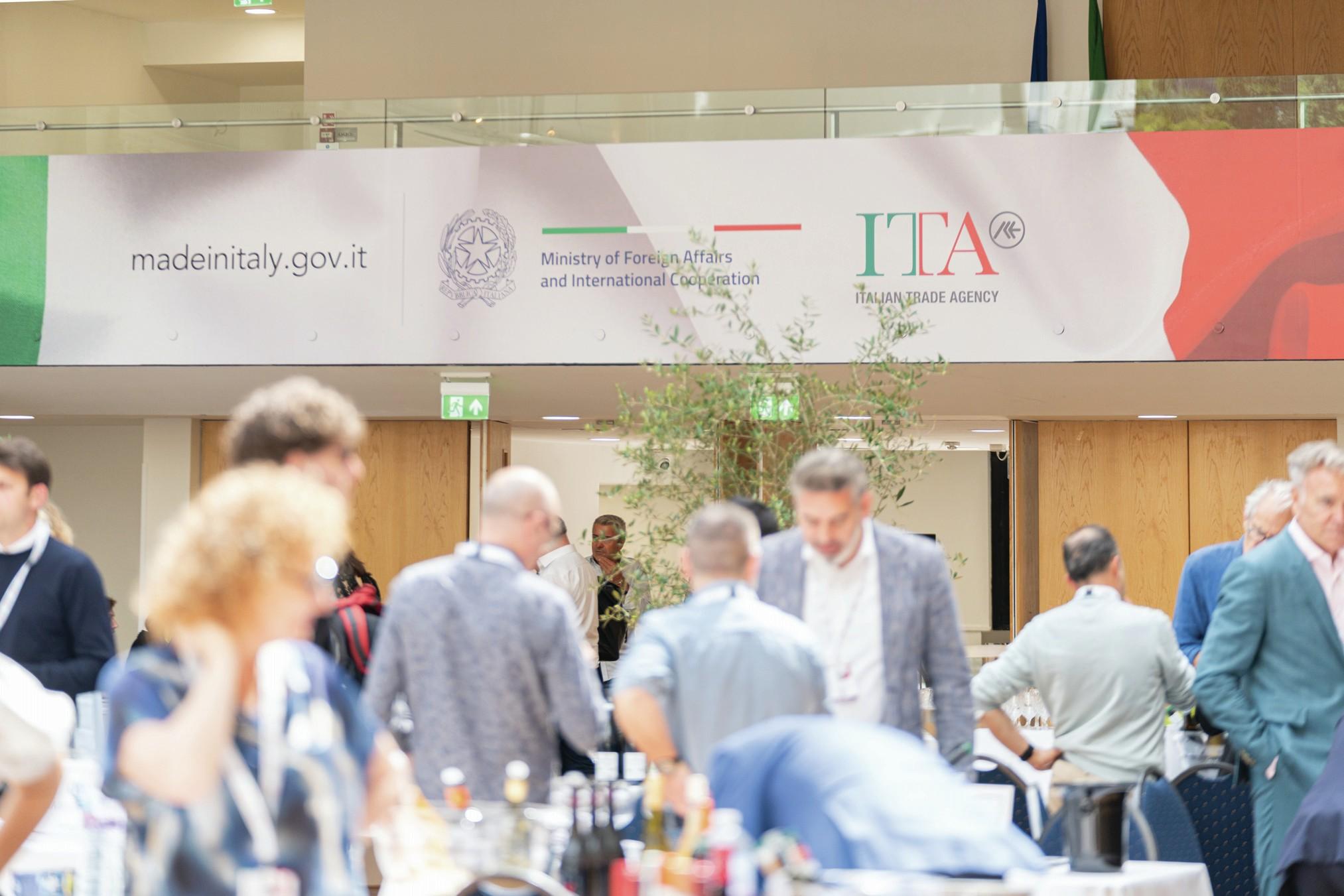Average bottle of Napa wine now costs US$108
DTC prices have jumped by such an extent in Napa that consumers are forking out in excess of $100 per bottle, according to the annual Silicon Valley Bank report.

When results were published yesterday from the 2023 Direct to Consumer Wine Report, which looks at the state of play of the US wine industry, one state in particular stood out for its pricing strategy.
The average price of a bottle of wine from Napa Valley leapt by US$17 last year, pushing the average price of a Napa wine up to US$108 in 2023.
Furthermore, visitor fees to Napa tasting rooms have leapt by 35% to reach a lofty US$81 per person.
In contrast, the average price of a bottle of wine in neighbouring Sonoma is less than half the sum of a Napa wine at US$57, while the average Sonoma tasting will set you back US$38.
The above figures were published in the 2023 Direct to Consumer Wine Report, issued yesterday by First Citizens Bank for the first time since the report’s previous creator Silicon Valley Bank went bust. First Citizens decided to keep producing the annual report after it took over Silicon’s wine division.
Speaking about the publication of this year’s report, its author Rob McMillan said: “With SVB facing turmoil earlier this year, the production of the gratis SVB direct-to- consumer research was in jeopardy. However, the industry stepped up with strong vocal support, giving us the motivation to continue. Though we were delayed in releasing our annual DTC report, we ultimately decided to go ahead with it, albeit two months later than usual.”
Over-dependence and chokepoint
According to the 2023 report’s findings, “relying solely on the tasting room as your only means of attracting wine consumers is a sub-optimal strategy”.
The report goes on to suggest that “the industry needs to wean itself from the over-dependence and chokepoint of the tasting room.”
Partner Content
“It’s amazing to think that just a decade ago, direct-to-consumer sales were only about half the sales of an average winery. Nowadays, DTC sales are almost 75% of the average winery’s sales,” says McMillan.
“Back then, a quarter of the wineries that responded to the SVB Annual Survey didn’t even charge tasting fees.”
Napa’s escalating prices come at the same time as non-Californian wine is gaining traction across the US.
In last year’s DTC annual report it was stated that “Non-traditional US regions are making hand-crafted wines at affordable prices and bringing in younger, new consumers to the category”.
Add to this the fact that last year around 20,000 vine acres were removed in California due to decreased levels of demand, and it begs the question of whether such bullish pricing from Napa is altogether wise.
Related news
Castel Group leadership coup escalates
For the twelfth day of Christmas...
Zuccardi Valle de Uco: textured, unique and revolutionary wines




